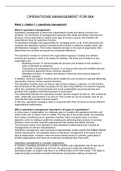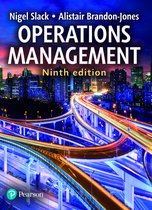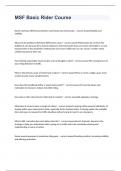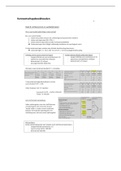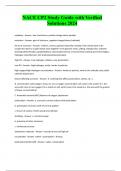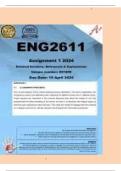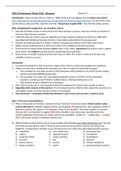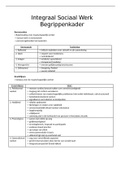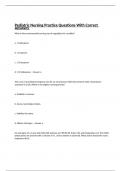Summary
Summary Operations Management that got me a 9 for the exam
- Course
- Institution
- Book
All chapters are included (all parts that we need to read are included as well). It provides a solid basis to understand the slides better. The only 2 chapters that are not discussed are chapter 9 and 19 (which are not for the exam as well). This summary will help you pass your exam by understa...
[Show more]
